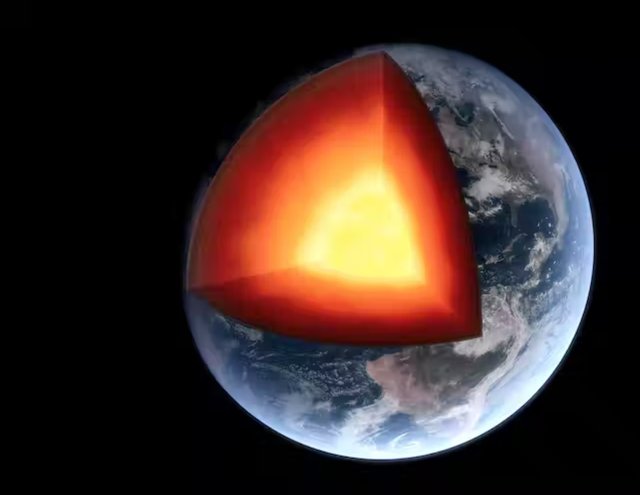How does the inside of the Earth stay boiling hot for billions of years?
 Source: Google
Source: Google
The inside of the Earth stays hot due to the heat generated by the decay of radioactive elements, as well as the heat left over from the Earth's formation. This heat is then transferred to the surface through a process known as convection in the Earth's mantle. The combination of these two sources of heat allows the inside of the Earth to remain hot for billions of years.
The Earth's interior is heated by two main sources: the heat left over from its formation and the heat generated by the decay of radioactive elements.
The heat left over from the Earth's formation is a result of the tremendous amount of energy that was released when the Earth was first formed. This energy is still present in the Earth's interior, and it is slowly transferred to the surface through a process known as conduction.
The second source of heat is the decay of radioactive elements, such as uranium, thorium, and potassium. These elements are present in the Earth's crust and mantle, and as they decay, they release heat. This process is known as radioactive decay, and it has been happening for billions of years. The heat generated by radioactive decay is also slowly transferred to the surface through conduction.
The combination of these two sources of heat allows the inside of the Earth to remain hot for billions of years. The heat generated by radioactive decay and the heat left over from the Earth's formation is transferred to the surface through convection in the Earth's mantle. Convection is a process in which heat is transferred by the movement of fluids. In the Earth's mantle, heat is transferred by the movement of molten rock, also known as magma. As magma is heated, it becomes less dense and rises to the surface. As it cools, it becomes denser and sinks back into the Earth's interior. This continuous cycle of rising and sinking magma is what drives convection in the Earth's mantle.
This process not only transfers heat from the Earth's interior to the surface, but also drives the movement of the Earth's tectonic plates and the formation of volcanoes. The heat from the Earth's interior can also be responsible for phenomena such as hot springs and geysers.
It's important to note that while the Earth's interior is hot, it is not boiling. The temperatures at the Earth's core are estimated to be around 5700°C, however the pressure is so high that the material at the core is solid. The mantle is also not boiling but it's temperatures are estimated to be around 1300°C. The only part of the Earth's interior that is liquid is the outer core, which is made mostly of molten iron and nickel.
In summary, the inside of the Earth stays hot due to the heat generated by the decay of radioactive elements and the heat left over from the Earth's formation. This heat is then transferred to the surface through a process known as convection in the Earth's mantle. The combination of these two sources of heat allows the inside of the Earth to remain hot for billions of years. This heat drives the movement of the Earth's tectonic plates and the formation of volcanoes, and is responsible for phenomena such as hot springs and geysers.